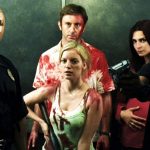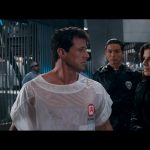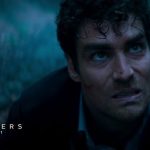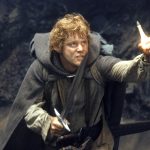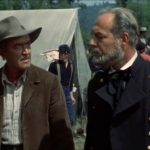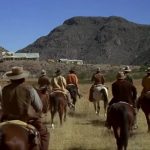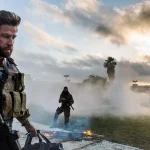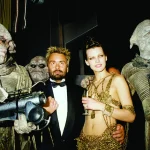🎬 Sharpe’s Eagle (1993)
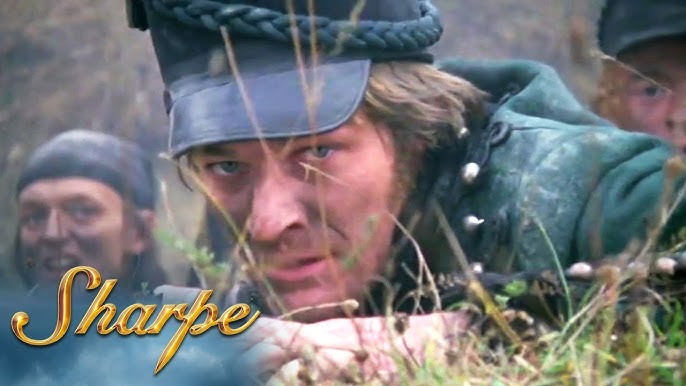
Sharpe’s Eagle (1993) Movie Review: A Thrilling Napoleonic War Adventure
Introduction: A Riveting Tale of Courage, Battle, and Leadership
Sharpe’s Eagle (1993), directed by Tom Clegg, is the first entry in the popular Sharpe television series, based on the historical fiction novels by Bernard Cornwell. The film, set during the Napoleonic Wars, follows the exploits of Richard Sharpe, a British soldier who rises from humble beginnings to become a respected officer in the British Army. In this thrilling adventure, Sharpe leads his troops in the Battle of Talavera in 1809, facing both external enemies and internal conflicts that test his leadership and resilience.
Starring Sean Bean in the titular role, Sharpe’s Eagle is a captivating war drama that combines historical events with action, camaraderie, and strategic warfare. The film’s strong performances, gripping action sequences, and compelling characters make it an engaging and entertaining watch, both for history enthusiasts and fans of military dramas. With its focus on the personal and professional struggles of a soldier, Sharpe’s Eagle sets the stage for an iconic series that delves into the harsh realities of war and the complexities of leadership in a time of global conflict.
Plot Summary: The Battle of Talavera and Sharpe’s Leadership
Set against the backdrop of the Peninsular War, Sharpe’s Eagle takes place in the summer of 1809, as Napoleon’s forces are engaged in battle against the British and their allies in Spain. The British Army, under the command of Sir Arthur Wellesley (the future Duke of Wellington), is preparing for an impending battle against the French at Talavera. Richard Sharpe (Sean Bean), a sergeant in the British Army, is a capable and courageous soldier who has earned the respect of his men despite his lower rank and humble background.
When Sharpe is promoted to the rank of lieutenant, he finds himself thrust into the complex world of leadership, as he is tasked with leading a group of men into the upcoming battle. Sharpe’s leadership is tested when he is given the responsibility of recovering the regimental eagle—a symbol of the British Army’s honor—after it is captured by the French. The eagle becomes the central point of the plot, representing both the personal stakes for Sharpe and the larger military struggle between the British and French forces.
As the British forces advance toward Talavera, Sharpe faces numerous challenges. He must navigate the intricacies of military command, deal with the animosities between his fellow officers, and confront the harsh realities of war. His relationship with his superior officer, Major Philippe Leroux (played by Robert Pugh), is fraught with tension, as Leroux is not only a professional rival but also someone who disrespects Sharpe’s rise from the ranks of common soldiers.
As the battle unfolds, Sharpe must lead his men into the chaos of combat, risking his life and the lives of his comrades to achieve victory and recover the eagle. The film’s depiction of the Battle of Talavera is intense, with large-scale combat, tactical maneuvers, and personal heroics playing out across the battlefield. Sharpe’s Eagle effectively portrays the horrors and adrenaline of war while also focusing on the internal conflicts that arise within the ranks of the British Army.
The Performances: Sean Bean Leads a Strong Cast
One of the standout features of Sharpe’s Eagle is its stellar cast, led by Sean Bean in the iconic role of Richard Sharpe. Bean, known for his roles in The Lord of the Rings and Game of Thrones, brings a unique blend of ruggedness, charm, and vulnerability to the character of Sharpe. As a man who has risen through the ranks from a common soldier to an officer, Sharpe is a complex character who is both a hero and an outsider. Bean’s performance captures Sharpe’s internal struggle, his fierce loyalty to his men, and his unwavering commitment to doing what is right, even when faced with immense personal and professional challenges.
Bean’s portrayal of Sharpe is complemented by a strong supporting cast. Robert Pugh, as Major Philippe Leroux, plays a key role as Sharpe’s antagonist and rival. Pugh brings a sense of authority and coldness to the character, making him a formidable foe for Sharpe both on the battlefield and within the officers’ quarters. The tension between the two characters drives much of the film’s dramatic arc, as Sharpe’s rise to prominence is met with resistance from those who believe a common soldier like him is unworthy of a commission.
The ensemble cast of soldiers, including Daragh O’Malley as Sergeant Harper, Sharpe’s loyal friend and fellow soldier, also shines. O’Malley’s portrayal of Harper adds depth and camaraderie to the film, highlighting the bonds of friendship that develop among soldiers in the face of war. Harper’s loyalty to Sharpe provides emotional weight to the story and underscores the importance of trust and teamwork in military operations.
The performances across the board are solid, with each actor contributing to the film’s success by bringing their characters to life in a way that is both believable and engaging. The chemistry between the actors, particularly the central dynamic between Sharpe and Harper, helps elevate the film beyond just an action-packed war drama.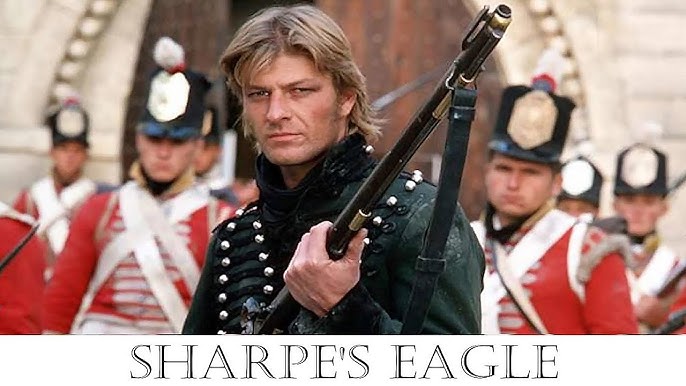
Cinematography and Visuals: Stunning Depictions of Battle and Landscape
The cinematography in Sharpe’s Eagle is a visual feast, with sweeping shots of the Spanish countryside and intense, detailed portrayals of battle. The film’s use of natural light and earthy tones enhances the gritty, realistic atmosphere of the period, while the large-scale battle scenes are well-executed and immersive. The film’s director of photography, John J. Connor, ensures that the audience feels the intensity of the battle while also capturing the human side of war—focusing on the characters and their experiences as they navigate the brutal realities of combat.
The Battle of Talavera is one of the film’s most memorable sequences, with carefully choreographed action scenes that show the chaos and brutality of warfare. The large numbers of soldiers, the roar of cannons, and the clash of bayonets are all brought to life with impressive attention to detail. The cinematography also captures the emotional toll of war, focusing on the faces of the soldiers as they confront death and destruction on the battlefield.
The visual style of the film also emphasizes the contrast between the beauty of the Spanish landscape and the violence of the conflict. The rolling hills, forests, and rural villages provide a stark backdrop to the war, highlighting the devastation wrought by the Napoleonic Wars. The film’s attention to historical accuracy in terms of uniforms, weapons, and settings also adds to the realism and immersion of the story.
Historical Accuracy: Bringing the Napoleonic Wars to Life
Sharpe’s Eagle is based on the novel Sharpe’s Eagle by Bernard Cornwell, which is part of the Sharpe series that follows the exploits of Richard Sharpe throughout the Napoleonic Wars. While the film takes some liberties for dramatic purposes, it remains largely faithful to the historical events surrounding the Battle of Talavera and the broader context of the Peninsular War.
The film accurately portrays the British Army’s struggles in Spain during the Napoleonic Wars, as well as the tactics and challenges faced by the soldiers. The depiction of military hierarchy, with officers often coming from privileged backgrounds while enlisted men like Sharpe are seen as outsiders, is also historically accurate. Sharpe’s rise from the ranks is representative of the opportunities available to soldiers in the British Army at the time, though it also highlights the class tensions that were prevalent in the military.
While Sharpe’s Eagle focuses on a fictional character within a real historical context, it does a commendable job of balancing the action and drama with historical authenticity. The film’s portrayal of the Battle of Talavera, although not an exact reenactment, is grounded in the real events that took place during the war, adding an element of realism to the film’s epic narrative.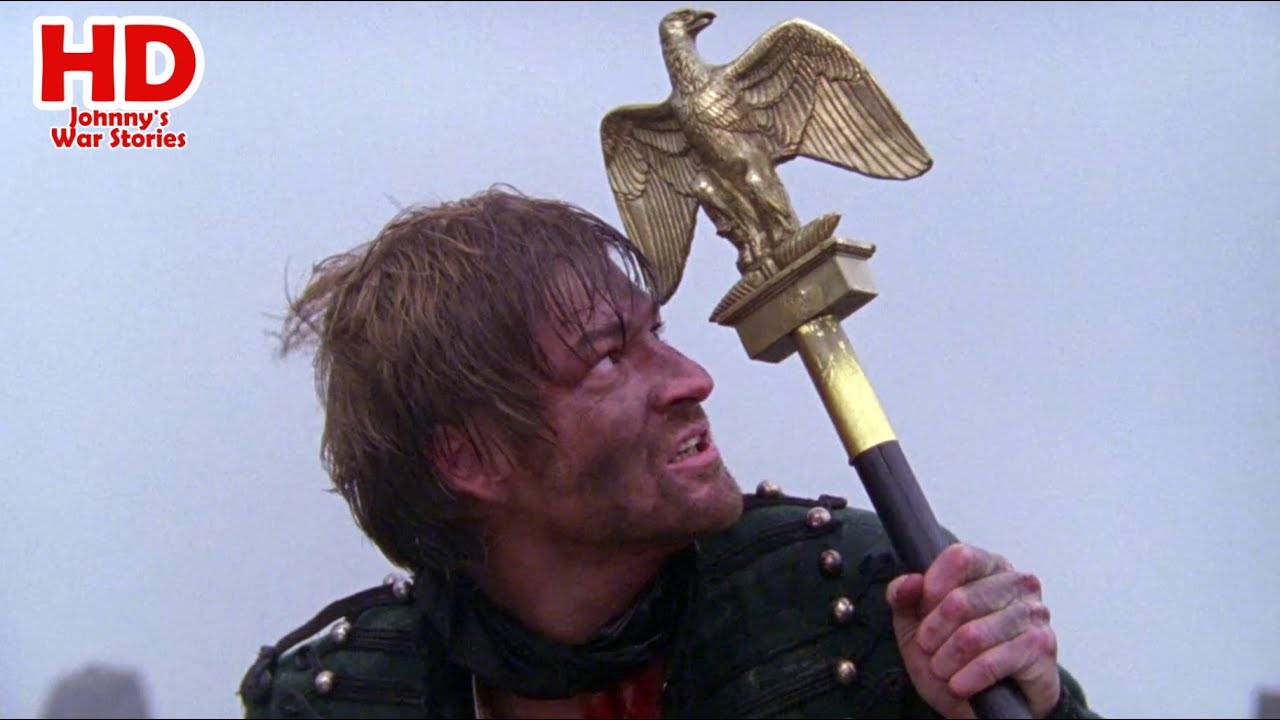
Themes: Leadership, Honor, and the Human Cost of War
At its heart, Sharpe’s Eagle is a film about leadership, honor, and the personal cost of war. Sharpe’s journey from a common soldier to an officer is a testament to his perseverance and skill, but it is also a reflection of the broader themes of class, ambition, and duty. As Sharpe navigates the complexities of military leadership, he must also contend with his own sense of honor and what it means to be a soldier in a time of war.
The relationship between Sharpe and his fellow soldiers is a key theme of the film. The bonds of friendship and loyalty that develop among the men are tested in the heat of battle, and the emotional stakes of their struggle for survival are what give the film its heart. The film also explores the moral dilemmas faced by soldiers during wartime, such as the tension between following orders and doing what is right for the men under one’s command.
The film’s focus on the human side of war, with its emotional and psychological toll, sets it apart from other military dramas. While the battle scenes are intense and thrilling, the film’s strength lies in its exploration of the personal sacrifices made by soldiers and the complex dynamics that exist within the military hierarchy.
Conclusion: A Classic War Drama with Strong Characters and Engaging Action
Sharpe’s Eagle (1993) is an engaging and well-crafted war film that brings the Napoleonic Wars to life with compelling characters, thrilling action sequences, and a strong sense of historical authenticity. Sean Bean’s portrayal of Richard Sharpe is one of the highlights of the film, with the actor capturing the complexity and determination of a soldier who rises to the challenge of leadership in a time of conflict.
The film’s attention to historical detail, its strong performances, and its emotional depth make Sharpe’s Eagle an outstanding entry in the war drama genre. While it may take some creative liberties, it remains a faithful representation of the challenges faced by soldiers during the Napoleonic Wars and the personal cost of warfare. Sharpe’s Eagle is a must-watch for fans of military history, action-packed dramas, and character-driven storytelling.
